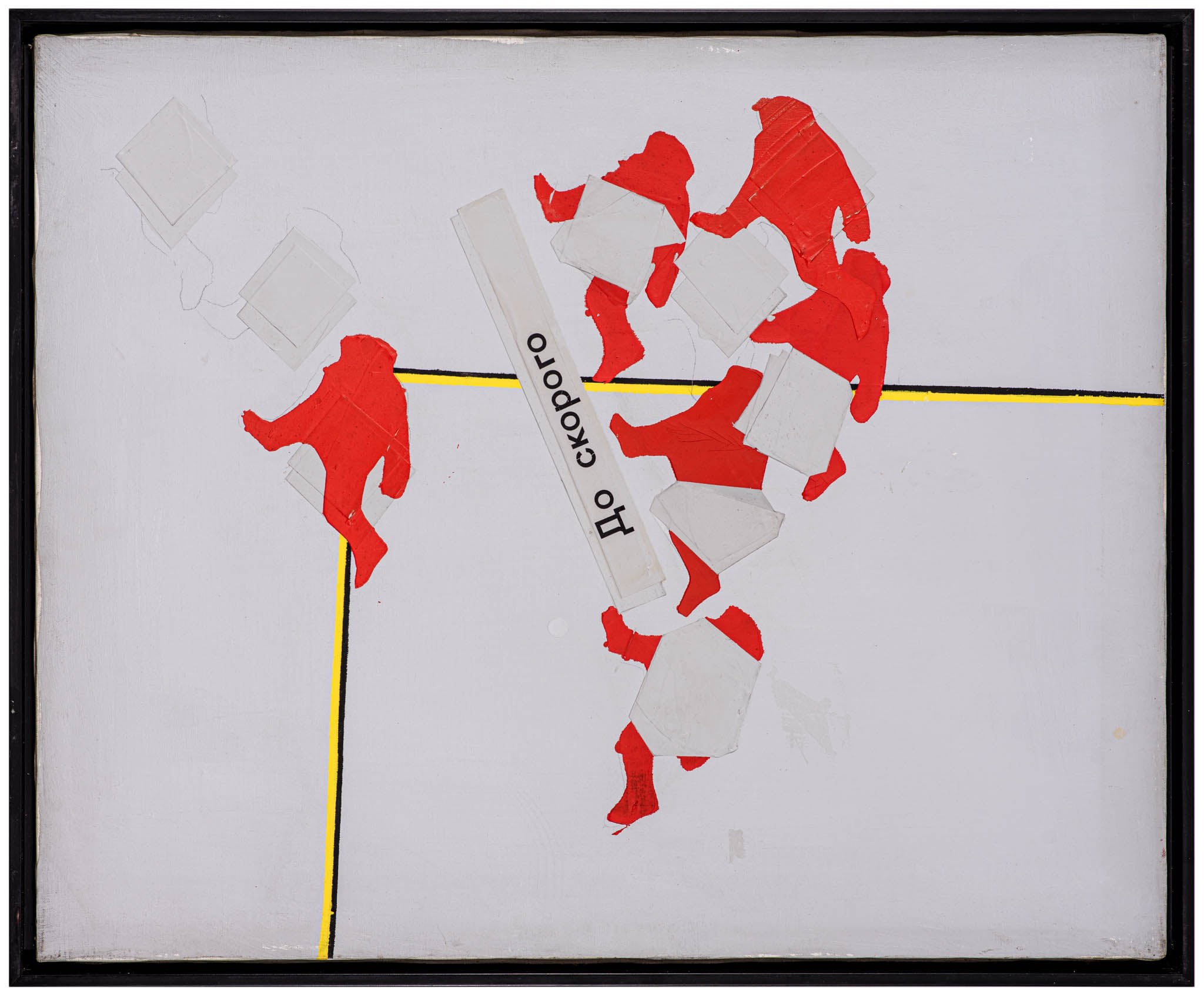

Judy Rifka - Route 66, 1980. Photo by Bryan Thatcher.

Judy Rifka - Constructivists, 1980. Photo by Bryan Thatcher.

Judy Rifka - Kawasaki, 1980. Photo by Bryan Thatcher.
by Cezara-Maria Casian


Judy Rifka - Route 66, 1980. Photo by Bryan Thatcher.

Judy Rifka - Constructivists, 1980. Photo by Bryan Thatcher.

Judy Rifka - Kawasaki, 1980. Photo by Bryan Thatcher.
by Cezara-Maria Casian
Impressum // Pulpo Gallery Gmbh // Geschäftsführer: Katherina Zeifang, Nico Zeifang // Obermarkt 51, 82418 Murnau am Staffelsee, Germany // info@pulpogallery.com // USt-ID: DE335292669 // Handelsregister: Amtsgericht München, Abt. B, Nr. 260209
Diese Website verwendet Cookies
Diese Seite nutzt Cookies um Ihnen eine bestmögliche Erfahrung zu liefern. Bitte nehmen Sie Kontakt mit uns auf um mehr über unsere Cookie Policy zu erfahren.
* Dieses Feld ist erforderlich
Wir verarbeiten die von Ihnen zur Verfügung gestellten personenbezogenen Daten, um mit Ihnen zu kommunizieren, in Übereinstimmung mit unserem Datenschutz. Sie können sich jederzeit abmelden oder Ihre Einstellungen ändern, indem Sie auf den Link in unseren E-Mails klicken.